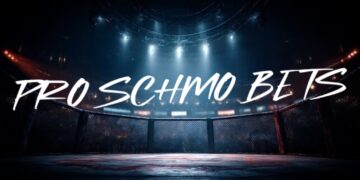Walk into any Victorian staffroom lately and you’re likely to hear someone mention “explicit teaching”—usually followed by either a nod of agreement or a sigh of frustration. It’s become more than a buzzword; it’s a core part of the Victorian Curriculum Version 2.0 and a hot topic in professional learning circles across the state.
But why all the fuss? And why now?
The Rise of Explicit Teaching
In simple terms, explicit teaching is a structured, systematic approach to instruction where the teacher clearly models and explains concepts before guiding students through practice and finally releasing them into independent work. It’s a gradual release of responsibility: I do, we do, you do.
The updated Victorian Curriculum has placed this model front and centre, reflecting research that shows it can significantly boost student outcomes—particularly for those who struggle with literacy, numeracy, or who have learning difficulties. Education experts argue that students benefit from direct, unambiguous instruction in foundational skills before they’re expected to apply or extend their knowledge creatively.
The Case For Explicit Teaching
Supporters point to strong evidence from cognitive science and decades of classroom-based research. Techniques like clear learning intentions, success criteria, worked examples and guided practice are all proven to reduce cognitive load and support long-term retention.
In a time when educational equity is a top priority, explicit teaching offers consistency. It ensures all students—regardless of background—are exposed to the same high-quality instruction. Advocates also note that it gives new or less experienced teachers a clear structure to follow, which can be a confidence booster and lead to better classroom outcomes.
The Case Against (Or At Least, Caution)
But not everyone is waving the explicit teaching flag with equal enthusiasm.
Some educators worry that in pushing for more structure, we risk squeezing the life out of learning—leaving little room for curiosity, inquiry and creativity. The concern is that a one-size-fits-all model may not serve all learning areas equally. In subjects like The Arts or STEM, overly rigid instruction could limit experimentation and discovery—the very things that make those subjects shine.
Others argue that teaching should be responsive. A masterful teacher, they say, weaves explicit instruction with inquiry, play, discussion and real-world application—based on the needs of the class in front of them. There’s also concern about professional autonomy: that top-down mandates about how to teach can feel like micromanagement, not support.
Balance
Perhaps the real challenge is not in choosing sides but in striking a balance.
Explicit teaching is undeniably powerful—particularly when introducing new or complex ideas. But it shouldn’t be the only tool in our belt. Just like a great lesson blends instruction with engagement, Victorian schools may need to blend evidence-based methods with professional trust, flexibility and a commitment to knowing their students.
In the end, good teaching isn’t about following a script. It’s about making thinking visible, setting high expectations and creating learning that sticks the landing.
Op-ed by Rob Kelly, Learning Specialist and Experienced Educator, Department of Education, Victoria





























